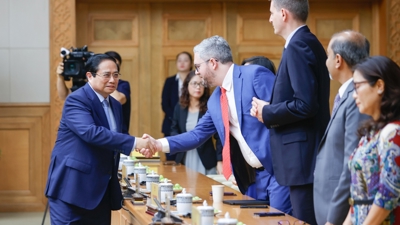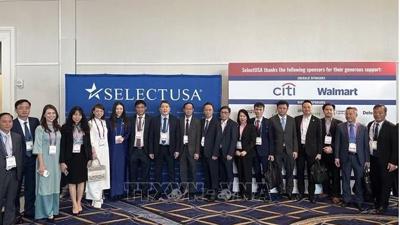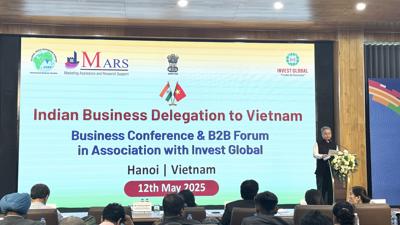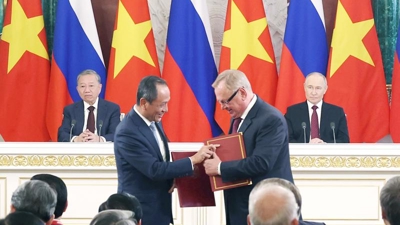Siemens unlocking significant value
German giant offers solutions to help customers accelerate digitalization and energy savings to meet carbon-neutral goals.
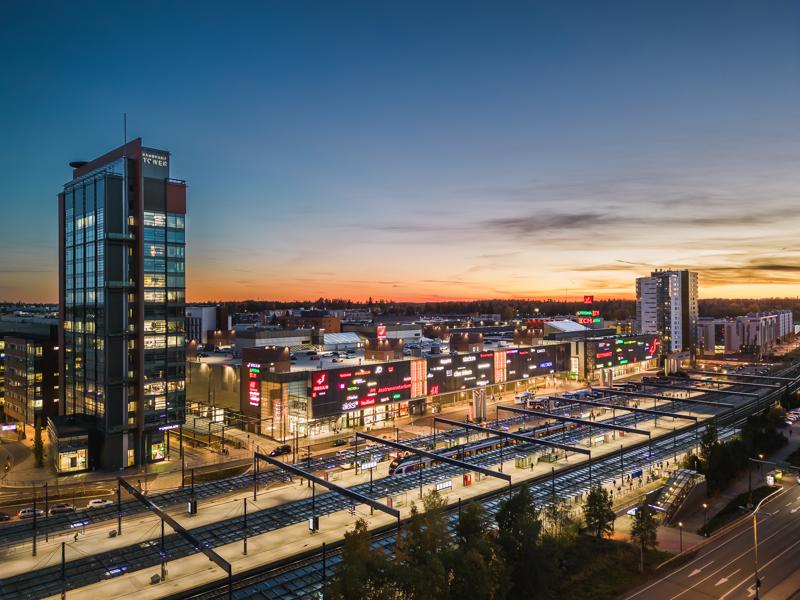
Solutions to optimize energy
In a move that brings opportunities for industrial players, Siemens has developed solutions and business models to support the next level of energy optimization among Finnish companies.
The Sello shopping center is Finland’s largest and 2023 will see it celebrate its 20th anniversary. Total sales in 2022 were €348 million ($378 million) and it welcomed 21.1 million visitors. According to Ms. Marjo Kankaanranta, Managing Director of the Sello Shopping Center, it is working to achieve energy efficiency and a low carbon footprint. The center is a longstanding customer of Siemens, with a virtual power plant developed and maintained by the German company to optimize energy consumption and reduce the load on Finland’s main grid.
Sello has intentionally focused on energy efficiency for many years. This has been recognized by a European Energy Service Award and a platinum LEED environmental rating, with Sello being the first shopping center in Europe to receive these, in 2015. It was also the first shopping center in Finland with carbon-neutral operations, since 2019. Siemens has been supporting Sello along this journey.
By leveraging data from more than 1,500 HVAC and energy data points, air quality and temperature sensors, occupancy rates and weather data, Siemens identified key areas for improvements to deliver a comprehensive optimization program for Sello’s building systems, focusing on energy consumption and air quality.
Smart lighting, snow-melting systems, and smart building management reduce energy consumption and improve the visitor experience, and services are delivered both on-site, by a dedicated Siemens energy manager and building automation maintenance staff, and also remotely, through a connection to a Siemens Digital Service Center and Navigator, a cloud-based energy and sustainability platform.
“Solar panels enable on-site energy generation, and a virtual power plant integrates Sello into Finland’s energy markets, allowing for storage and consumption, actively contributing to Finland’s main grid stability and district heating network demands,” said Ms. Kankaanranta.
According to Mr. Harald Schnur, Head of Siemens Smart Infrastructure, Finland and Baltic Countries, since 2019, Sello has benefitted to the tune of €2.4 million ($2.6 million) from having a virtual power plant, with annual electricity and heat consumption of 36 GWh, down 40 per cent since 2010. Annual savings from ongoing energy, maintenance, flexibility, and investment solutions total almost €550,000 ($597,360).
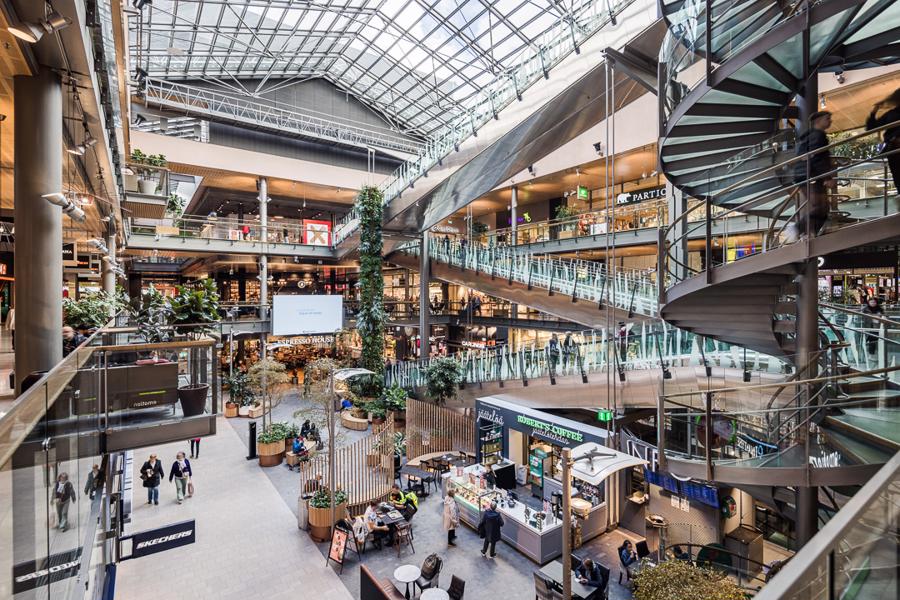
In 2023, the shopping center was recognized as the most sustainable in Finland and one of the most intelligent buildings in Europe. Ms. Kankaanranta said Sello plans to expand by 10,000 sq m and will continue to use Siemens’ solutions in digital twin and asset management for further development.
Meanwhile, in 2018, Siemens and Lempäälän Energia built a smart microgrid system in Finland. According to Mr. Mikko Kettunen, CEO of Lempäälän Energia, the purpose of the Lemene project was to provide a cost-effective and environmentally-friendly energy system that also guarantees secure electricity supply for the Marjamaki industrial area. To meet this challenge, Lempäälän Energia introduced Microgrid Control - a SICAM application with software from the Siemens Xcelerator portfolio.

The result of cooperation between Siemens and Lempäälän Energia is the creation of a self-sufficient energy community through renewables and automation. The Lemene project was selected as one of eleven key projects relating to renewable energy and new technology in 2017 that focus on future energy solutions that allow Finland to achieve its national targets.
One of Finland’s leading breweries, Sinebrychoff, produces over 300 million liters of beer, cider, sodas, and energy drinks each year. To support its move to the next level of energy optimization, Siemens developed a unique business model. At the heart of the solution, implemented at Sinebrychoff’s brewery in greater Helsinki, is a virtual power plant and the latest software and energy storage technology, supported with financing solutions, creating one of the first examples of power flexibility at an industrial site.
Mr. Constaintin Ginet, Global Head of Energy Performance Services at Siemens Smart Infrastructure, said Siemens has developed an innovative service model at the brewery to support energy optimization, reduce energy costs and CO2 emissions, and enable active participation in the energy market.

Siemen’s virtual intelligent energy management system includes a modular electricity storage facility, which is the size of a half a football pitch and consists of numerous 2 meter x 2 meter x 2 meter batteries. The 20 MWh electricity storage facility was connected to the grid at the end of October 2021 and to the brewery in March 2022. The connection to the grid allows for flexibility in consumption and a reduction in the use of carbon-based backup power nationally, which in turn contributes to Finland’s goal of becoming carbon neutral by 2035.
Mr. Pasia Lehtinen, Director of Sinebrychoff, said it has produced beverages with 100 per cent renewable energy since the beginning of 2021. “Now the remaining emissions have been compensated for, which makes brewing and soda production completely carbon neutral - a first among large breweries in Finland,” he said.
In Finland as with elsewhere in the world, the rise of decentralized, renewable energy input has made it harder to balance the power system hour-by-hour. Fingrid is Finland’s transmission system operator and aims to secure reliable electricity cost-effectively for customers and society. Working with Siemens, Fingrid created a single digital grid model used for planning, operating, and maintaining the Finnish transmission system. As a result, eight software products were integrated into each other, collating the master data of grid assets into one application.

The Siemens management model and network analysis solutions have supported Fingrid in the creation of a digital twin for the Finnish power grid and resulted in far-reaching benefits, including reduced time for developing software and study models, the ability to use the same data for different purposes, standardized data interfaces, and grid models linked to asset management data.
As a result of the cooperation, the model is now up to 100-times more detailed than its predecessor. Additionally, data quality is continuously tested and, if needed, corrected for all users. This critical information helps ensure electrical safety when planning and operating the grid.
Developing smart building technologies
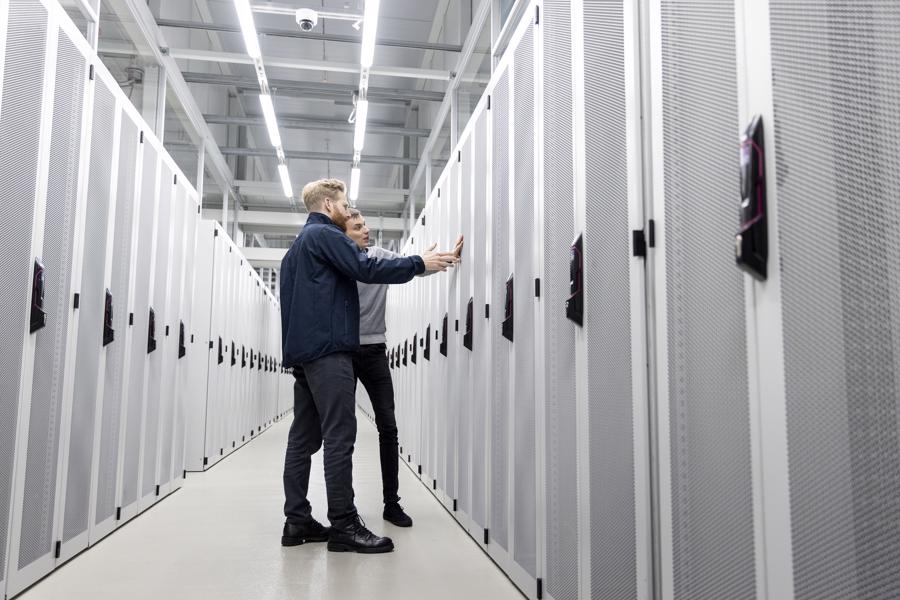
When Greenergy Data Centers in Tallinn, Estonia, partnered with Siemens in 2021, their goal was ambitious: to create a data center that offers the highest levels of reliability, security, and sustainability, and has world class connectivity and growth potential. According to Mr. Schnur, Siemens has deployed integrated data center management software at the largest and most energy efficient data center in the Baltic region.
One of the main forms of energy consumption in the data center is temperature management. In order to optimize this, Siemens installed a White Space Cooling Optimization management system. When demand increases, it reacts automatically and dynamically adjusts the number of units and airflow to match load requirements. “We want to develop technology faster,” Mr. Schnur said. “We are proud of the excellent results we have achieved in this project.”
Xcelerator to accelerate digital transformation
In addition to technologies developing in Finland, Estonia, and elsewhere around the world, in June 2022, Siemens launched Siemens Xcelerator, an open digital business platform to accelerate digital transformation and value creation for customers of all sizes in industry, buildings, grids, and mobility.
“Building management software (BMS), energy and power management software (EPMS), and White Space Cooling Optimization (WSCO) help Greenergy Data Centers cut energy use, ensure thermal protection, and manage the reliable operations of critical infrastructure,” Mr. Schnur went on. “Software integrated into the data center is part of the Siemens Xcelerator portfolio.”
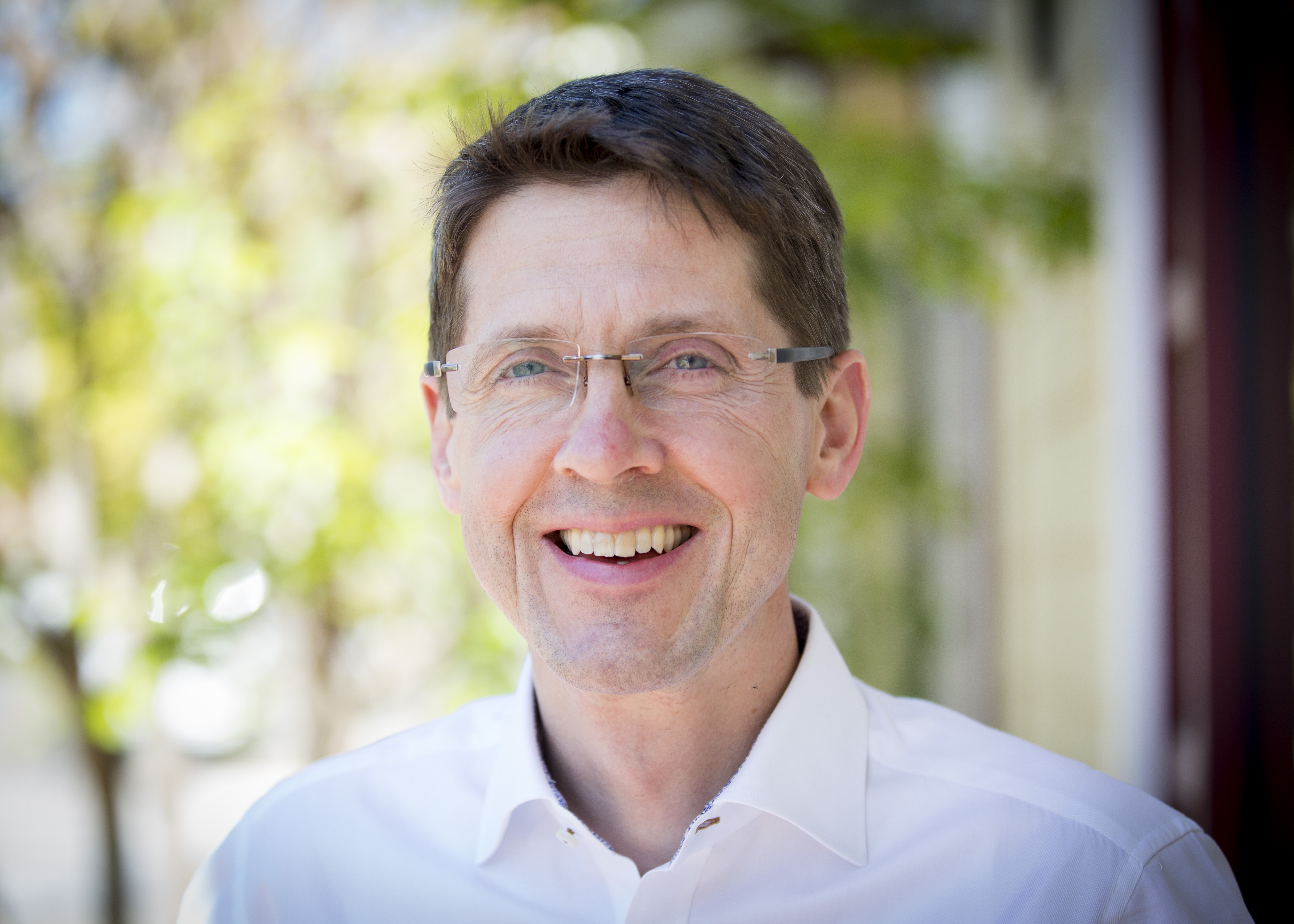
The launch of the Xcelerator platform is the logical next step in Siemen’s digital strategy. It will be able to unlock significant value for existing and new customers, especially small and medium-sized enterprises (SMEs).
According to Mr. Thomas Kiessling, CTO of Siemens Smart Infrastructure, Siemens Xcelerator is an open digital business platform designed to meet customers’ digitalization and sustainability needs. “Digitalization will be the primary enabler to handle the challenges in buildings,” he said. “Seventy-five per cent of companies see digitalization as a key solution in changing processes in buildings. Building X - the first next-gen offering designed and built as part of Siemens Xcelerator - combines the physical and digital worlds in a single source of truth to accelerate sustainability, experience and performance in buildings, with AI-enabled applications, open platforms, and connectivity solutions.” It is a growing ecosystem of developers and partners and a marketplace for technology solutions that will evolve over time.


